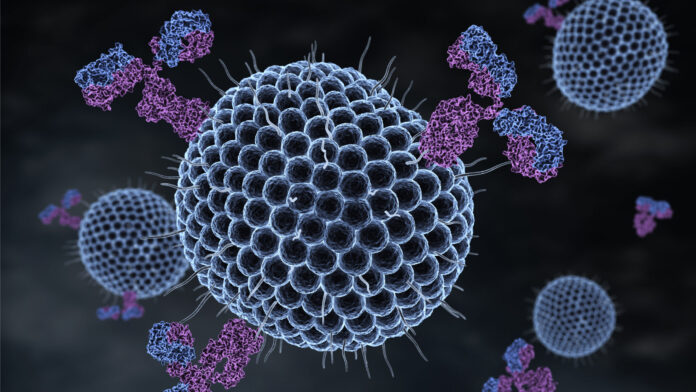The Smallest Tools Making the Biggest Difference in Human Health,
In a world where precision matters more than ever, nanomedicine has emerged as one of the most promising frontiers in healthcare. By manipulating materials at the scale of atoms and molecules—less than 100 nanometers in size, scientists are creating tools that can navigate the human body with unprecedented accuracy. Whether it’s targeting cancer cells, repairing
damaged tissues, or delivering drugs exactly where they’re needed, nanomedicine is poised to redefine the limits of modern medicine.
At the heart of this innovation are nanoparticles, tiny carriers designed to perform specific tasks in the body. Unlike conventional medications that flood the entire system, causing side effects and inefficiencies, nanoparticle-based treatments can deliver drugs directly to diseased tissues. This targeted delivery means smaller doses, fewer side effects, and better outcomes. In oncology, for instance, nanomedicine has been used to ferry chemotherapy agents directly into tumors while sparing healthy cells, significantly improving patient quality of life during treatment.
Researchers are also exploring how nanoparticles can cross biological barriers, such as the blood-brain barrier, which typically blocks most drugs from reaching the brain. This breakthrough is opening new possibilities for treating neurological conditions like Alzheimer’s, Parkinson’s, and brain cancers. The ability to reach previously inaccessible parts of the body is a game-changer for patients and physicians alike.
Beyond drug delivery, nanomedicine is making strides in diagnostics. Nanosensors, some small enough to travel through the bloodstream, can detect disease markers at extremely early stages, long before symptoms appear. In the fight against infectious diseases, nanoscale diagnostic kits are being developed for rapid detection of viruses and bacteria, including
drug-resistant strains. These innovations are not just faster, they’re also portable and scalable, which makes them ideal for use in rural or underserved areas.
Wound healing is another field being transformed. Nanomaterials like silver nanoparticles are being used in dressings to promote healing and prevent infection. For burns, trauma, or chronic wounds, these materials can accelerate recovery and reduce complications. In regenerative medicine, nanostructures are being employed to guide the growth of new cells and tissues, helping rebuild everything from skin to bone.
Despite its promise, nanomedicine is still navigating significant challenges. Manufacturing nanoparticles with consistent quality and safety at scale remains complex and expensive. Regulatory agencies are still refining their frameworks to assess risks, especially regarding long-term exposure and environmental impact. As with any emerging technology, the path from laboratory discovery to hospital bedside involves years of testing, validation, and ethical consideration.
In the context of developing countries like Sri Lanka, nanomedicine holds the potential to address long-standing healthcare gaps. The burden of non-communicable diseases such as diabetes, heart disease, and cancer continues to rise. Integrating nanotechnology into public health responses, such as early diagnostics or cost-effective treatments, could ease that burden. Universities and research centers in Sri Lanka are already making early contributions
to nanotechnology through collaborative projects and academic publications, but more investment is needed in infrastructure, training, and international partnerships.
Local pharmaceutical industries also stand to benefit. By integrating nanotechnology into drug development and delivery, these companies can enhance product efficacy and compete in global markets. Initiatives by regulatory bodies to establish standards and ethical guidelines will be essential to fostering innovation while ensuring safety and equity.
There’s also an environmental side to nanomedicine. The development of biodegradable nanomaterials and green synthesis methods is a growing area of research. In a world increasingly aware of ecological consequences, ensuring that these high-tech solutions don’t create new forms of pollution is vital.
Ultimately, nanomedicine is not just about doing things smaller. It’s about doing them smarter. By working at the molecular level, we gain the ability to tailor treatments to the unique biology of each patient, ushering in a new era of personalized medicine. But realizing this potential will require bold investment, visionary policy, and a commitment to ensuring access across borders and income levels.
For Sri Lanka, the opportunity lies not only in adopting global breakthroughs but also in contributing its own innovations to the global nanomedical landscape. With the right mix of scientific ambition and public health strategy, nanomedicine could be the key to unlocking more equitable, efficient, and effective care for generations to come.




